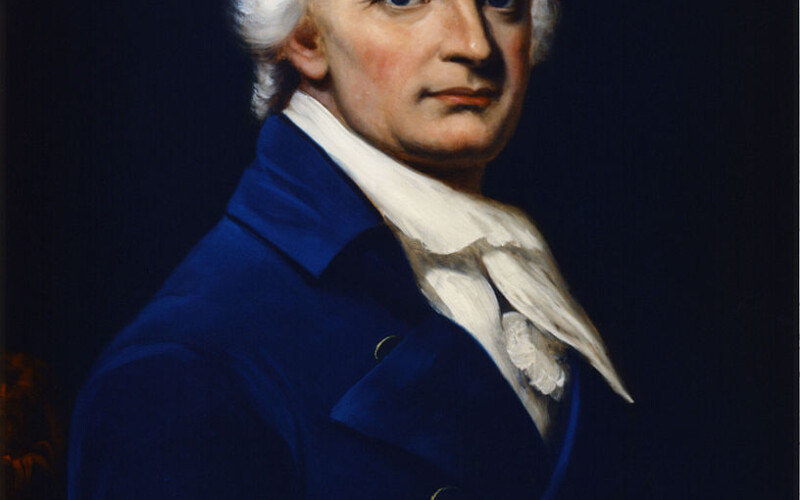We have experience hosting a range of audiences, from college classes to birthday parties to company outings, and we customize our tours to meet your group’s interests and needs.
Book a private tour today
Behind the gates of the Brooklyn Navy Yard lies a network of streets that are a mystery to most New Yorkers. Named for naval heroes, shipyard operations, and even a …
Read more
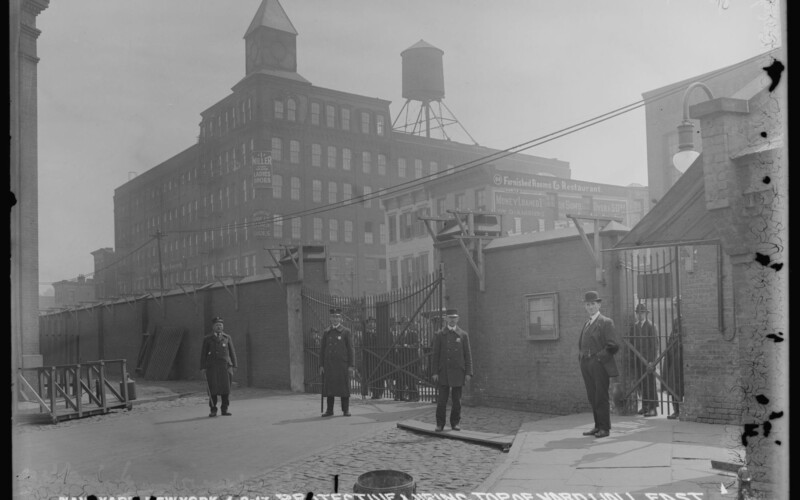
For the past two years, we have had the opportunity to work with third and fourth graders in the Brooklyn Historical Society’s CASA program. These young scholars are tasked with …
Read more
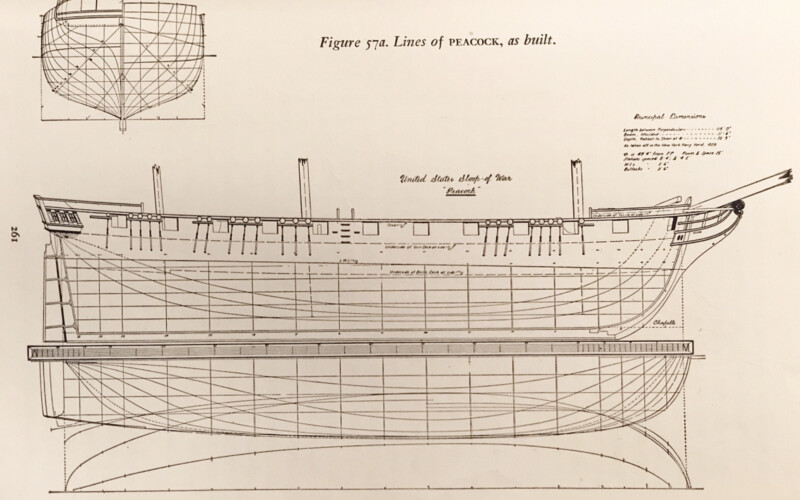
On August 14, 1965, the Landing Platform Dock USS Duluth (LPD-6) floated out of Dry Dock No. 3 at the New York Naval Shipyard. In the preceding 145 years, this …
Read more
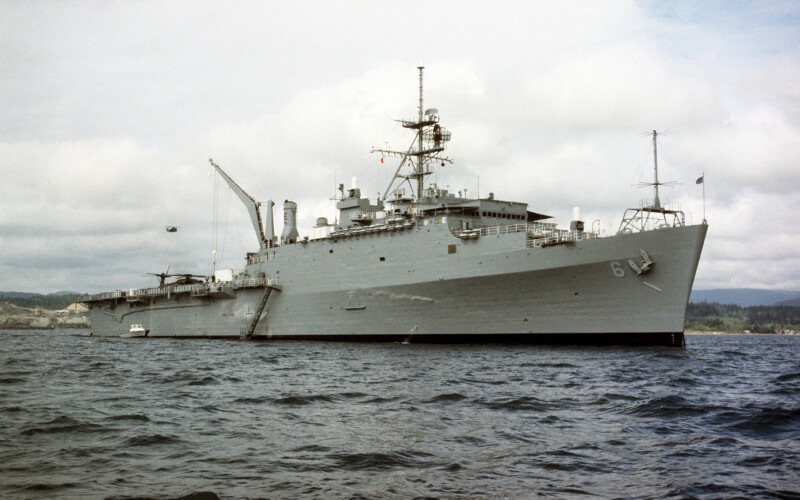
Since we began working at the Brooklyn Navy Yard nearly ten years ago, the Yard has become a huge part of our lives and our identity, both as a company …
Read more
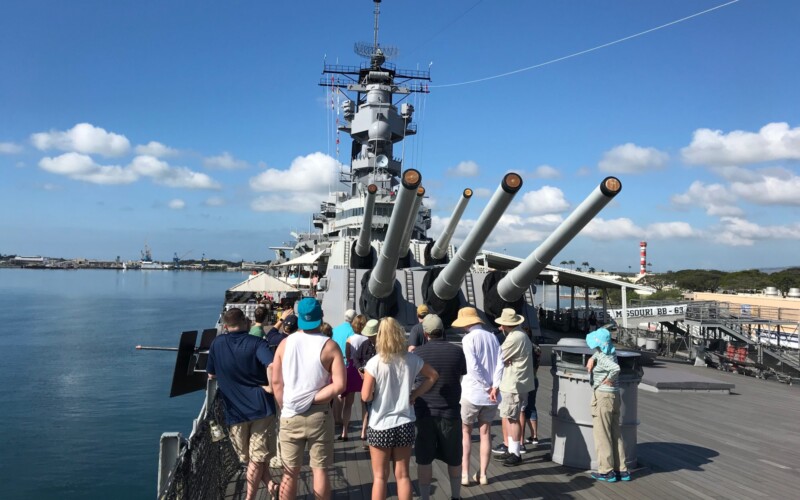
Henry Eckford (1775-1832) The long, arduous, and risky journey to America has a way of bringing to our shores the most ambitious, talented, and daring people; Henry Eckford was certainly …
Read more
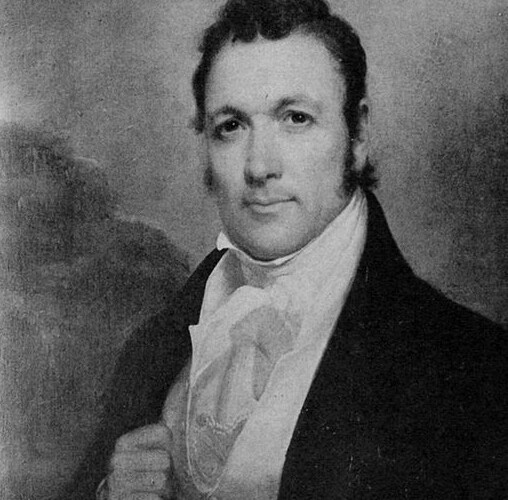
Two hundred and thirteen years ago today, the Brooklyn Navy Yard was founded, the last of the six original shipyards established by the US Navy. Today we celebrate the yard’s …
Read more
